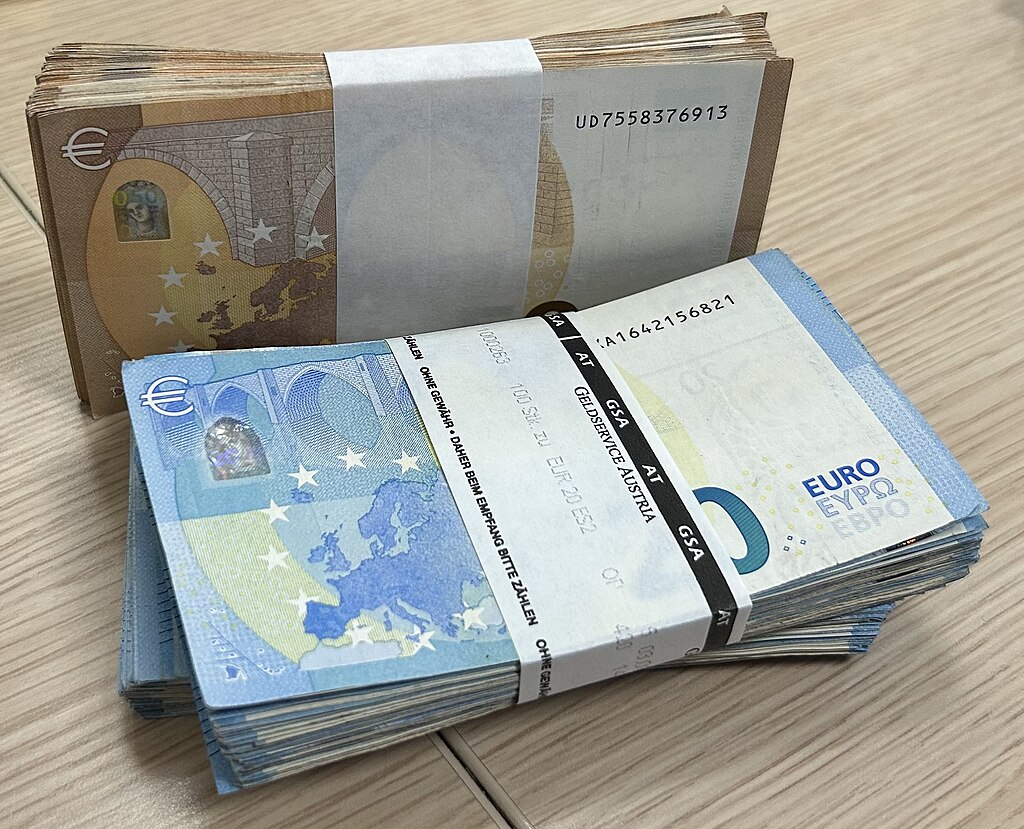In June, EUR/USD surged nearly 4% to 1.1786, outperforming bitcoin's 2.4% gain and bringing both assets to over 13% year-to-date growth. Analysts see more upside for EUR/USD, signaling strength for euro-pegged stablecoins.
A key driver is Germany’s expansive fiscal plan, which includes a €500 billion infrastructure fund and relaxed deficit rules, marking a shift from U.S. to European "exceptionalism." This transition is fueled by concerns over growing U.S. deficits under President Trump’s second term, eroding confidence in dollar assets.
Strategists believe EUR/USD could test resistance around 1.22–1.23, especially as Germany’s stimulus is expected to support broader Eurozone growth into 2027. The yield spread between U.S. and German two-year bonds—historically a major factor for exchange rates—has recently decoupled from EUR/USD performance, indicating a market shift toward fiscal fundamentals and geopolitical risk.
While the European Central Bank has mostly paused its rate cuts, the Federal Reserve could lower rates by up to 125 basis points in the next 12–18 months if U.S. growth weakens. This potential policy divergence favors euro strength over the dollar.
Additionally, rising FX hedge ratios among European funds are adding pressure on the greenback. As the correlation between U.S. stocks and the dollar weakens, institutions are increasing hedges to protect against dollar depreciation. Danish pension data shows FX hedge ratios rising from 61% in January to 74% in April, with room to climb further.
Analysts expect increased EUR buying and USD selling as global funds adjust portfolios, amplifying euro gains. With U.S. fiscal worries growing and hedging flows rising, EUR/USD may stay strong despite Eurozone economic challenges.




























Comment 0